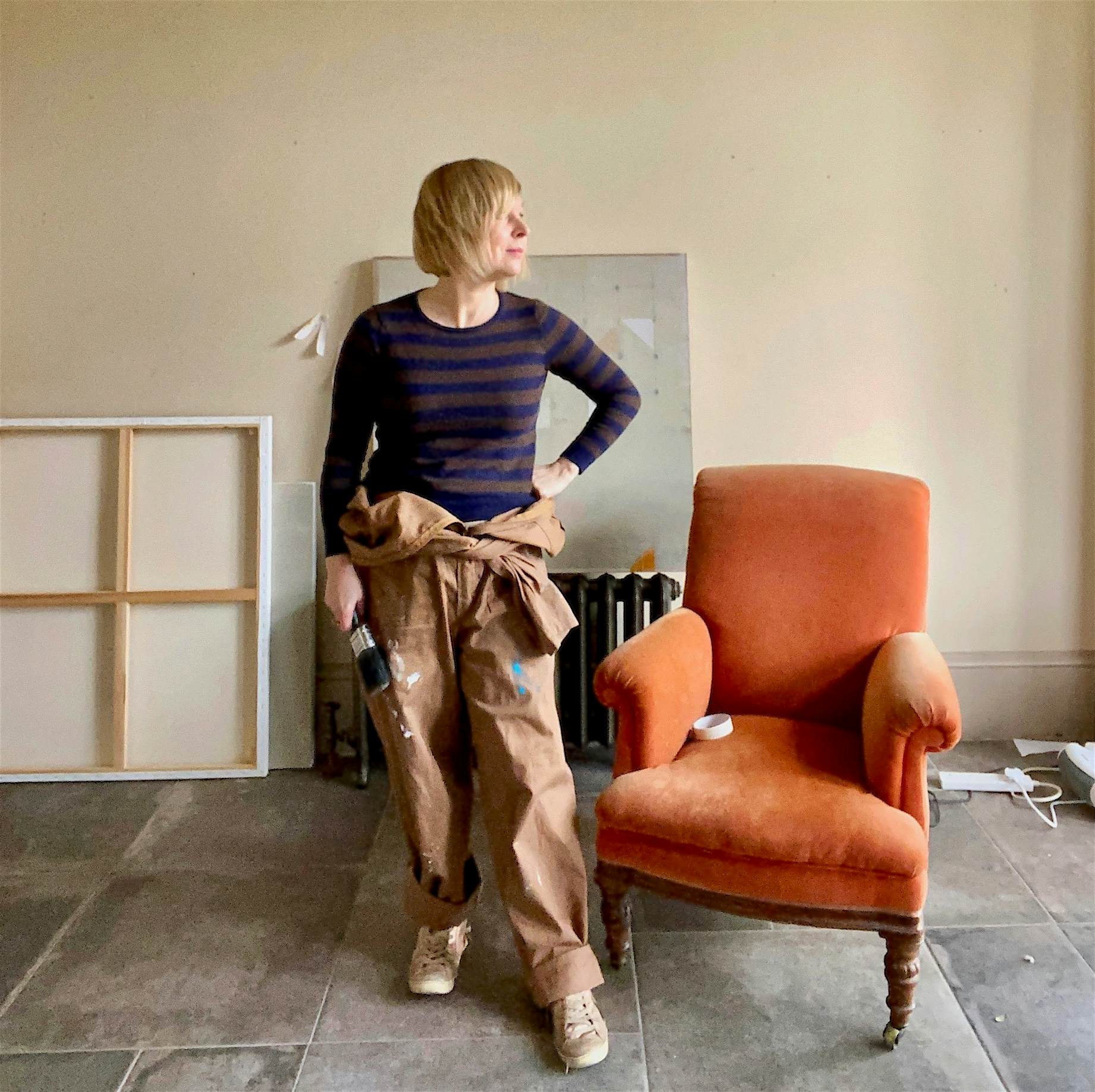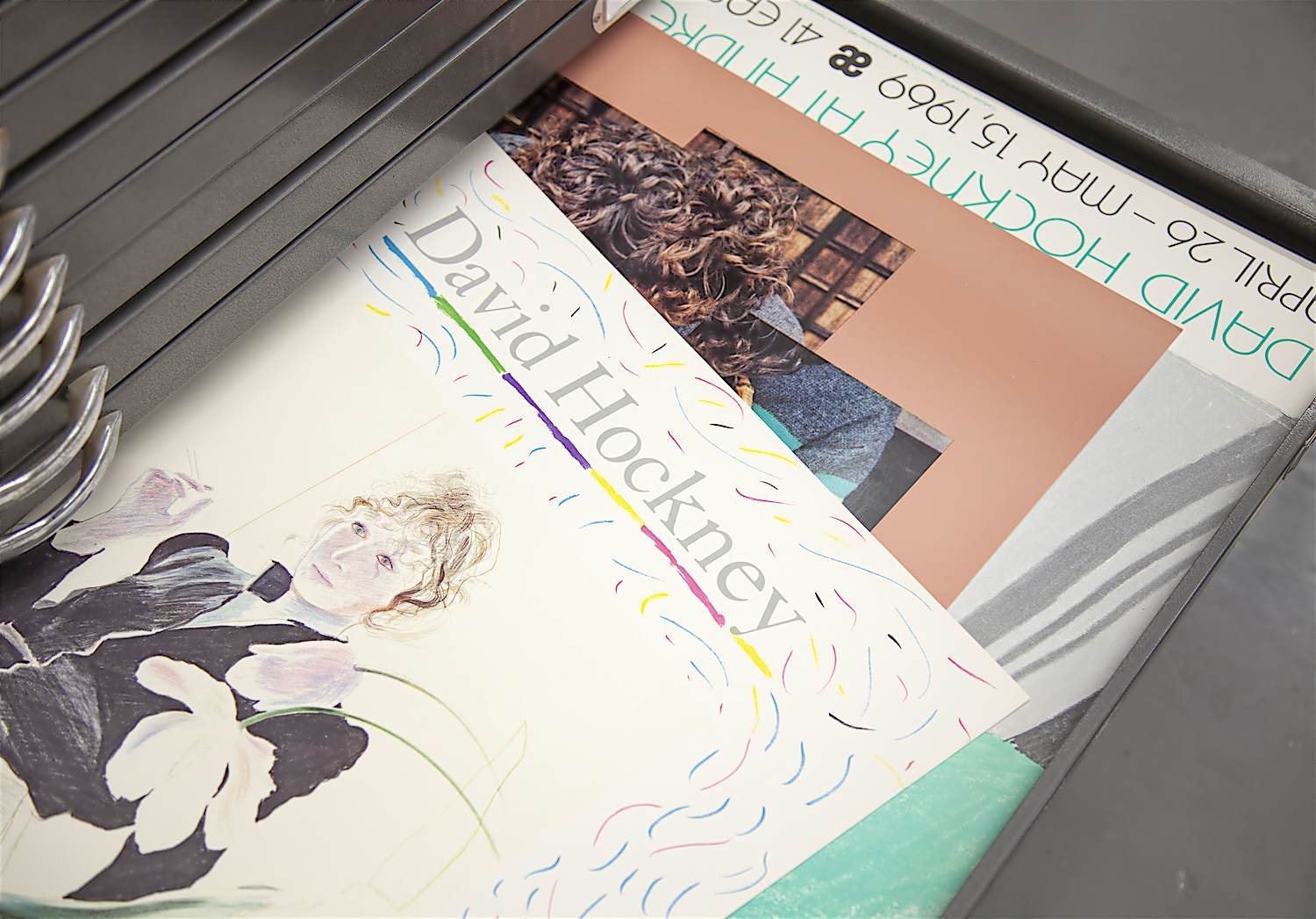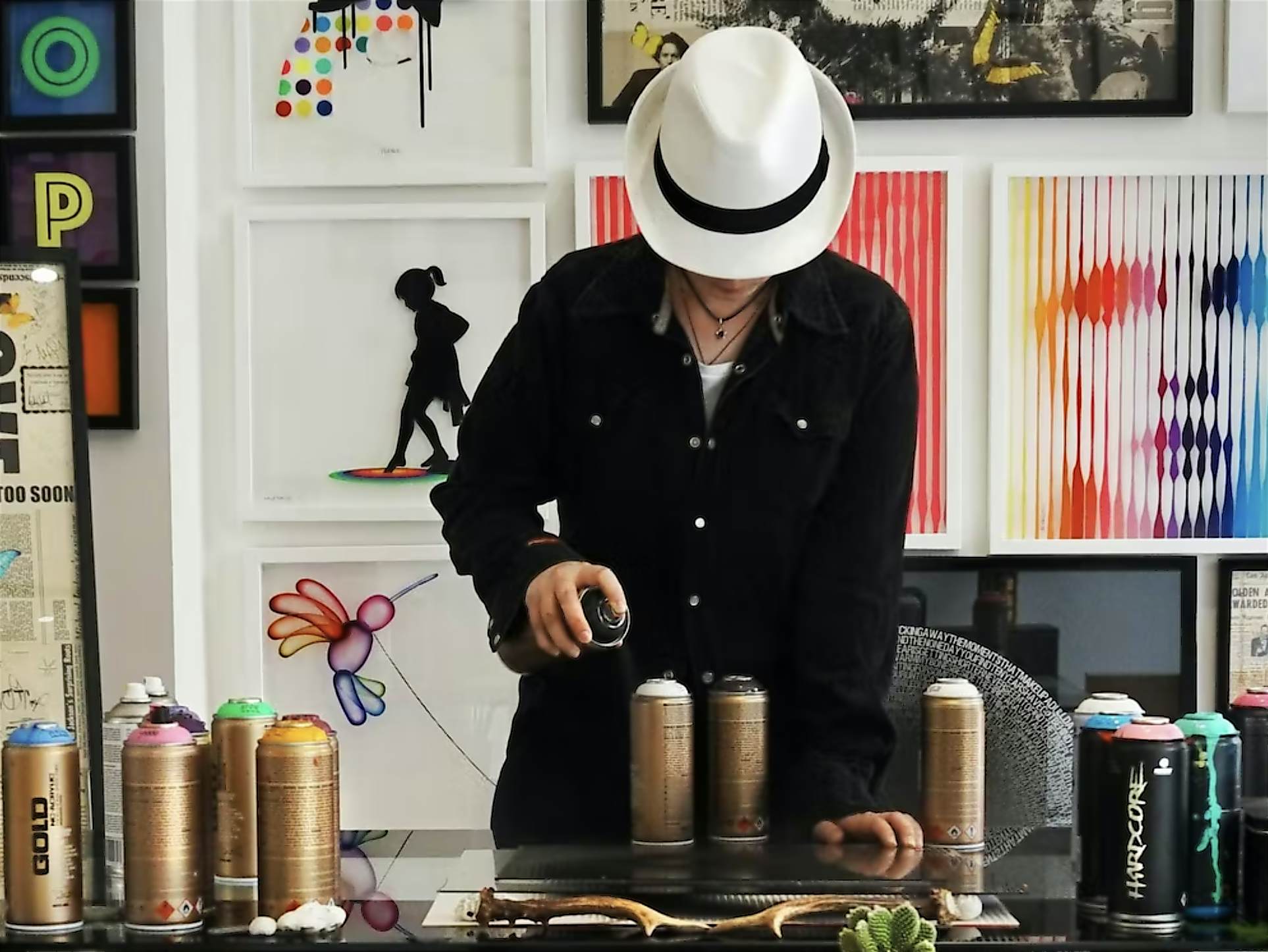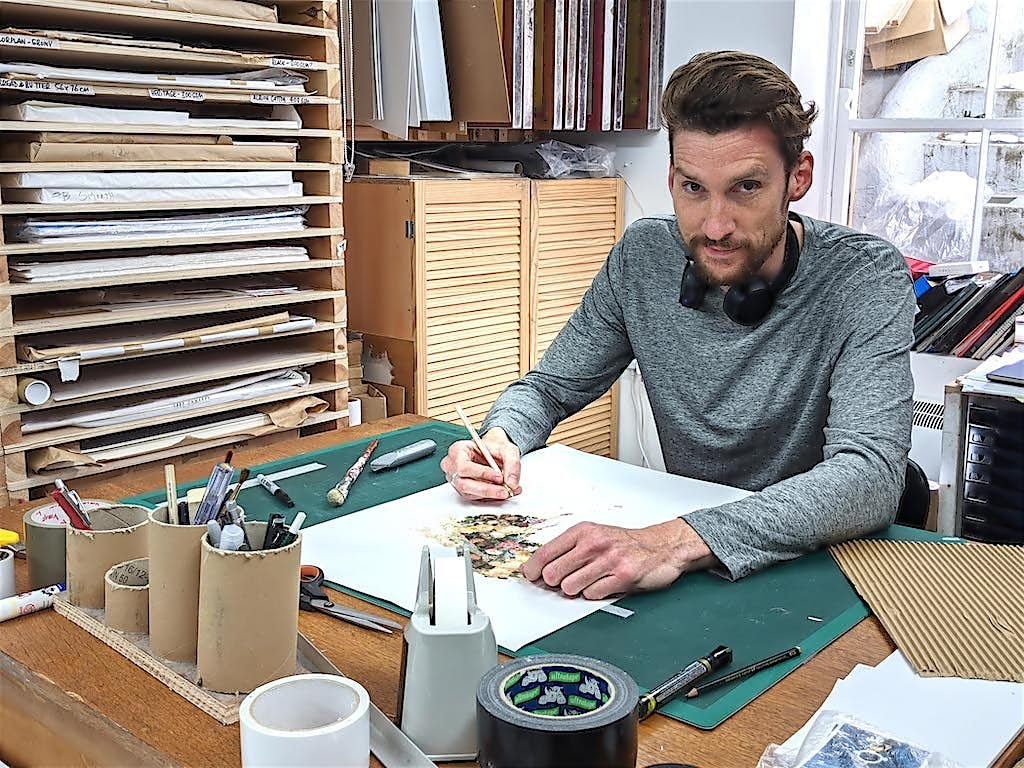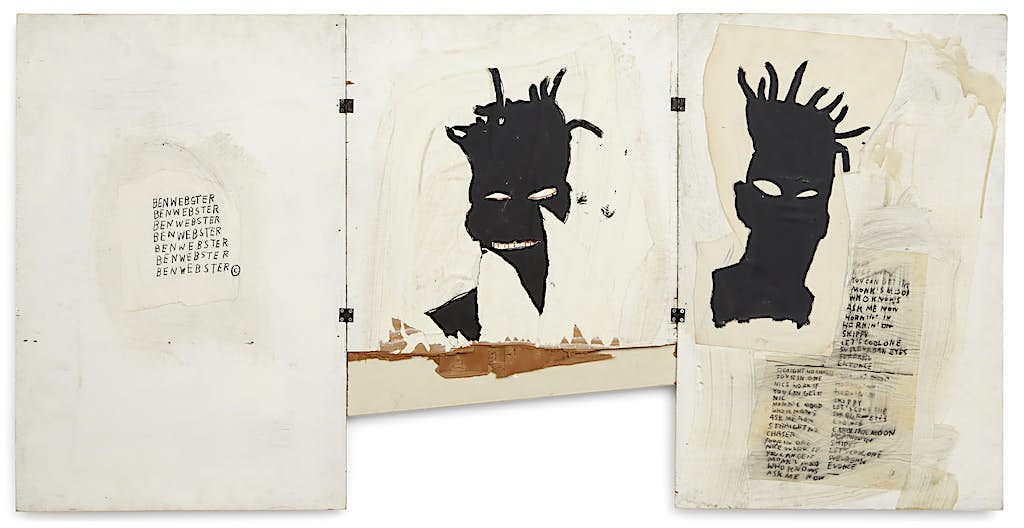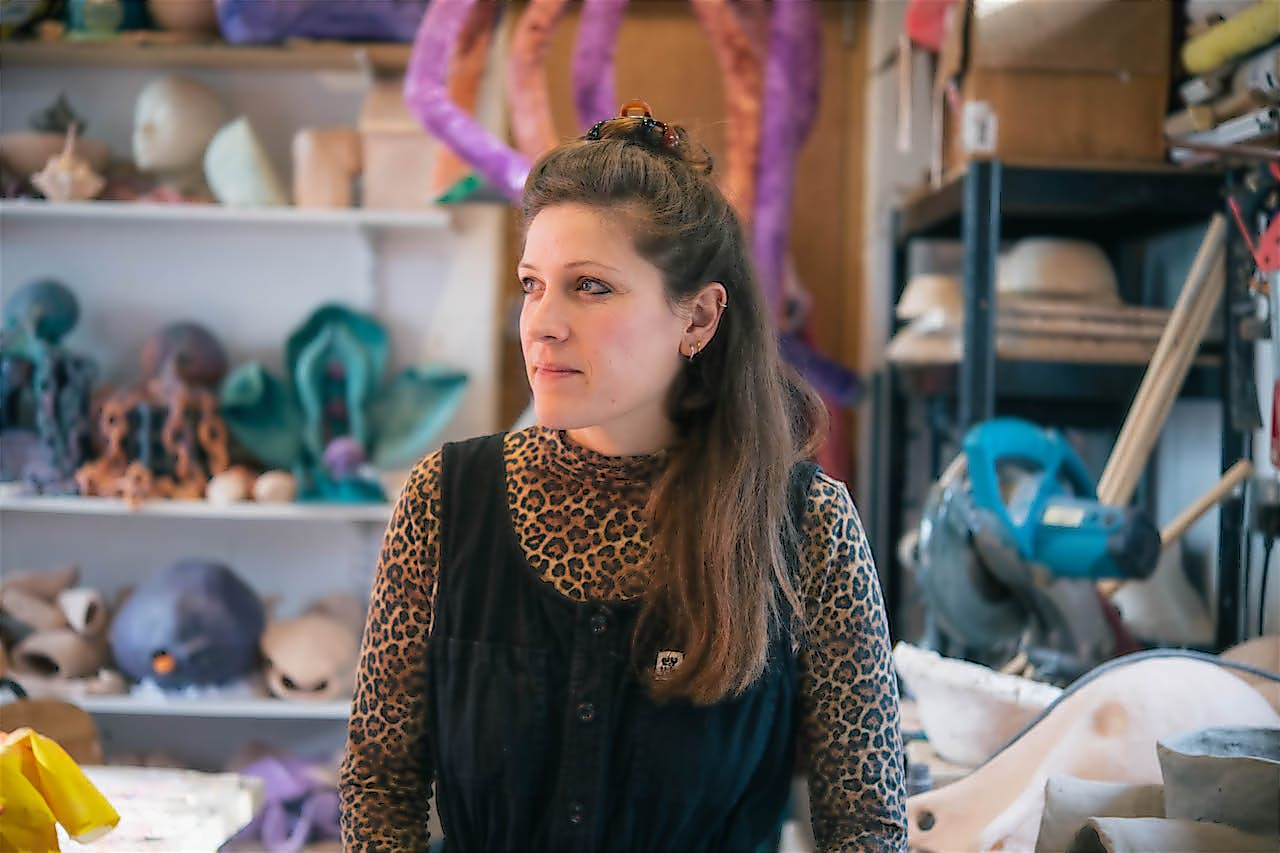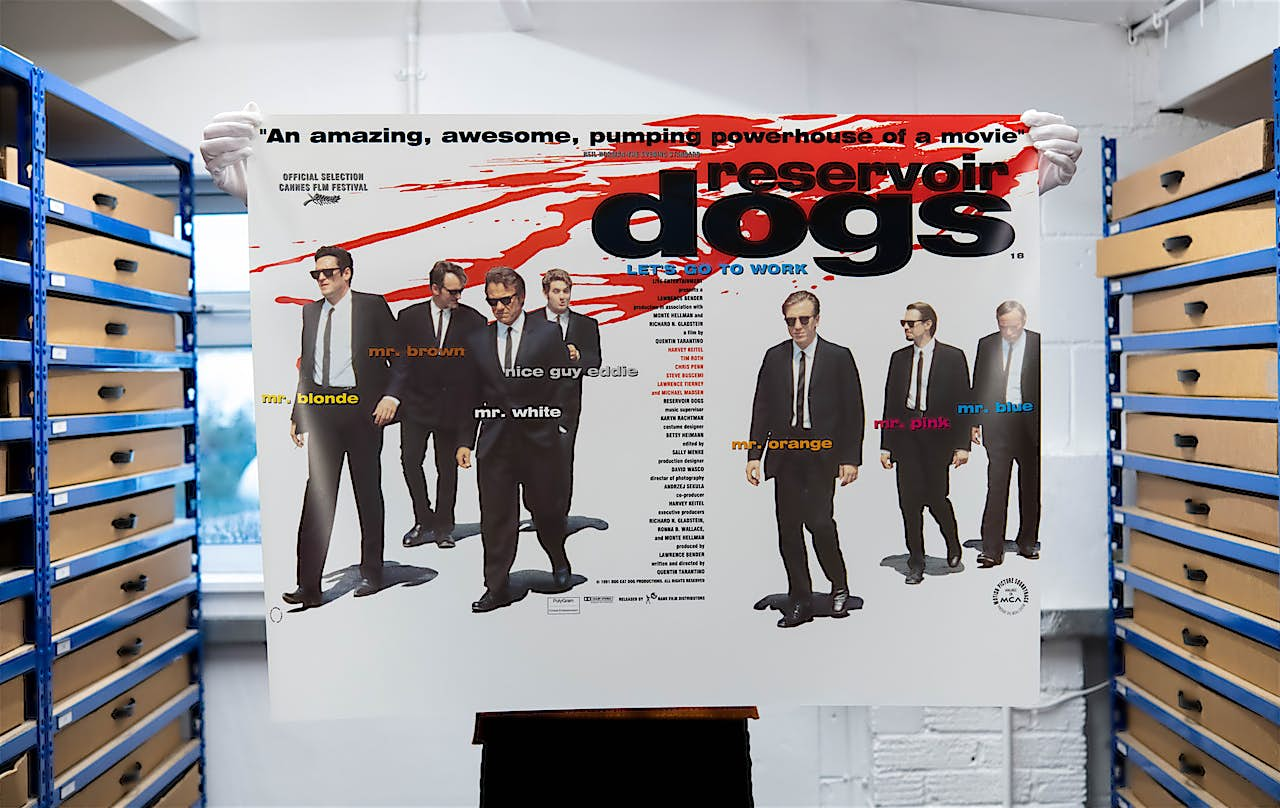Jean-Michel Basquiat’s influential black idols
Reading time: 2 mins
Emerging from New York’s Lower East Side, Jean-Michel Basquiat shot to fame in the 1980s. Initially, he tagged derelict buildings with the pseudonym ‘SAMO’ (a shortened acronym of ‘SAMe Old shit’), but he soon catapulted himself into the elite art market, securing countless solo exhibitions around the world.
We explore the ways the artist of Haitian and Puerto-Rican decent told a story of black struggle through his idols, including jazz pianist Thelonious Monk, legendary bebop saxophonist Charlie Parker, and boxers Sugar Ray Robinson and Muhammad Ali.
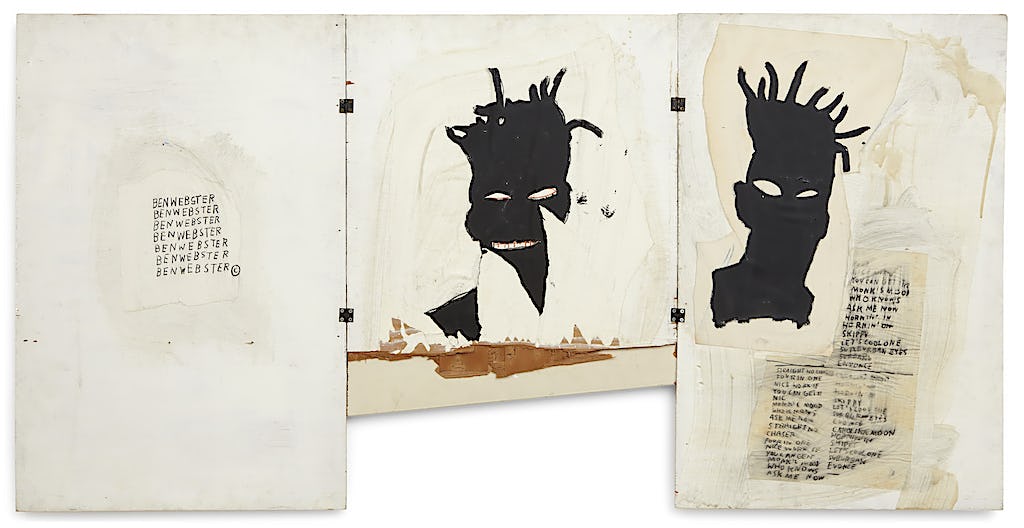
Reintroducing black narratives
Basquiat’s motive to reintroduce black narratives stemmed from a shocking event in his childhood. Aged 8, whilst he was out playing in the street, he was struck by a car. Whilst he recuperated in hospital, his mother gave him a copy of the illustrated medical book Gray’s Anatomy. Fascinated by the book’s anatomical drawings but infuriated by the complete absence of people of colour, he vowed to create a new visual language rooted in black defiance, pride, and lively expression.
Cassius Clay, 1982
Cassius Clay, 1982 depicts one of Basquiat’s childhood idols, Cassius Clay (a.k.a. Muhammad Ali, 1942–2016), whom he watched on television in his childhood. Attracted to the dogged spirit of a boxer – a determined individual who could take punches for a living but keep on fighting – Basquiat used his art to show his admiration for the African American athlete; both in his naming of him and his positioning of him centre stage, fearless and composed on his canvas.
St. Joe Louis
Whilst he recognised African American boxers as strong figures, Basquiat also identified their vulnerabilities. ‘St. Joe Louis, surrounded by Snakes 1982’ depicts the eponymous boxer who was the first African American to achieve nation-wide status when he won the World Heavyweight crown in 1937.
Seated in the middle of the canvas, the halo-crowned boxer appears to rest in between rounds as menacing white figures with wide eyes and jagged teeth lure behind him. Saint-like and stoic, St Louis is a sitting duck as his managerial team, the snakes, close in on him, intent on cashing in on his commercial success.
Sugar Ray Robinson
Basquiat also held a deep admiration for the boxer Sugar Ray Robinson (1921–1989, pictured below), one of the most celebrated figures in boxing between 1940 and 1965. Though he was decorated with medals from five weight divisions, his life away from the ring wasn’t as sweet.
Notorious for his excessive drinking, reckless spending, and ruckus escapades at Harlem’s Cotton Club, Robinson’s life achievements appealed to then twenty-two-year-old Basquiat. In 1985, he immortalised the boxer with a black and white painting featuring a proud white crown, a hallmark of the Neo Expressionist’s.
Thelonious Monk and Ben Webster
Basquiat also infused his work with the spirit and energy of jazz musicians he admired. Spread across three hinged wooden panels, ‘Self Portrait, 1981’ (pictured below) features song titles taken from Thelonious Monk’s ‘Blue Note Sessions’.
Repeated in a square formation on the left-hand panel is the name of the jazz tenor saxophonist, Ben Webster. Placing himself in the lineage of these jazz giants, Basquiat hints at the limited recognition of the achievements of black artists more widely.
Charlie Parker
Painted just three years before Basquiat’s untimely death, ‘Now’s the Time’ is a tribute to the legendary bebop saxophonist and composer Charlie Parker’s (1920–1955) album of the same name (pictured below). Parker was the most influential and prolific musician of the bebop era, releasing more than 130 albums before his death in 1955.
Cut from a large plywood disc, ‘Now’s the Time’ mimics a 45" vinyl pressing of Parker’s album. The quoted text alludes to another figure admired by Basquiat: Martin Luther King. In his epic speech ‘I Have a Dream’, Martin Luther King repeated the phrase: ‘Now is the time to lift our nation from the quicksands of racial injustice to the solid rock of brotherhood. Now is the time to make justice a reality for all...’
Related stories
Subscribe to our newsletter
Be the first to hear about our new collections, limited edition launches, and enjoy artist interviews.
By subscribing you agree to our privacy policy.
Contact us
01273 511 942
Mon-Fri, 9 am - 5 pm
All art prints and images on this website are copyright protected and belong to their respective owners. All rights reserved.







